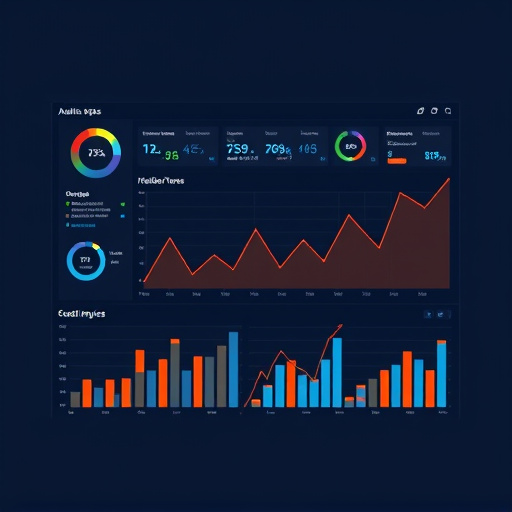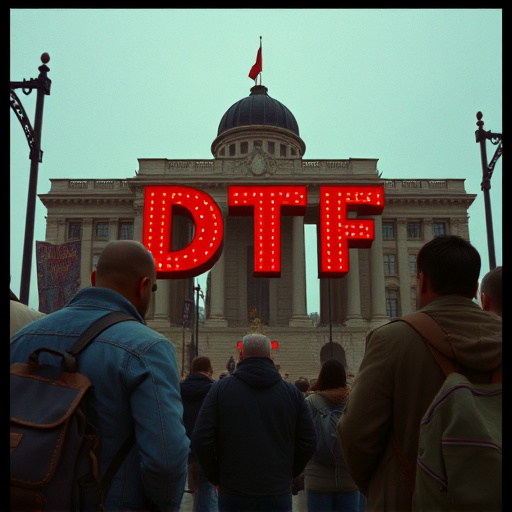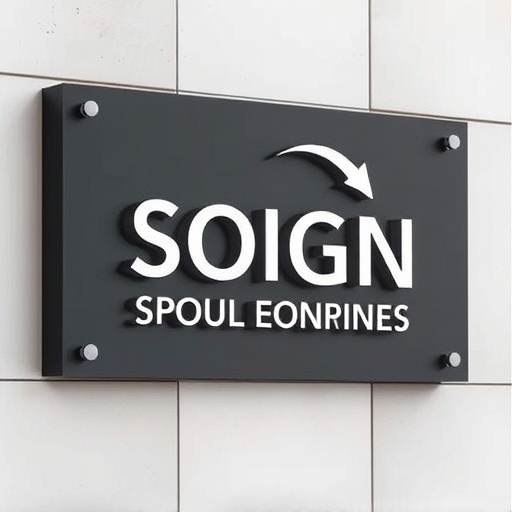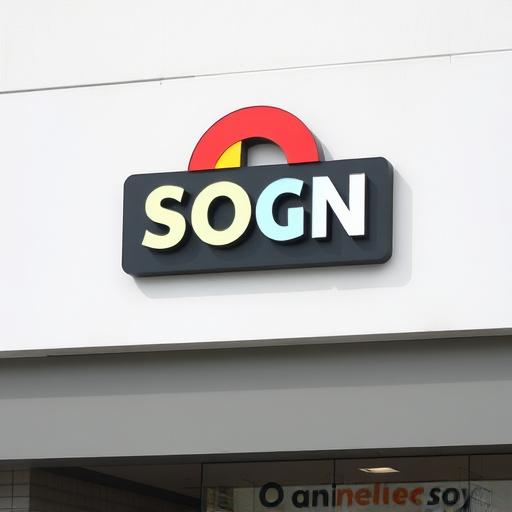Feedback is vital for successful logo design creation and refinement, guiding designers in transforming initial concepts into impactful visual symbols. By interpreting feedback strategically, designers enhance aesthetics, functionality, and overall impact, ensuring logos meet client expectations and resonate with target audiences across various applications like business branding and industrial heat rejection. The iterative process involves continuous client and stakeholder input, refining visual identities through color schemes, typography, composition, and symbolism to create memorable logos suitable for diverse media.
“Unleash the power of feedback in the realm of logo design creation. This article explores how constructive criticism and continuous looping can refine your creations. Learn how to harness ‘feedback’ as a design refiner’s tool, transforming initial sketches into impactful logos. Discover strategies for incorporating constructive criticism into logo iterations, ensuring each revision brings your design closer to perfection. Dive into these essential practices to optimize logo design creation and elevate your visual storytelling.”
- Understanding Feedback: The Design Refiner's Tool
- Incorporating Constructive Criticism into Logo Iterations
- Optimizing Logo Designs Through Continuous Feedback Looping
Understanding Feedback: The Design Refiner's Tool

Feedback plays a pivotal role in the intricate process of logo design creation and refinement. It acts as a powerful tool for designers, offering insights that can transform raw concepts into striking visual symbols. In the context of logo design, feedback is not merely criticism but a strategic evaluation aimed at enhancing aesthetics, functionality, and overall impact. Designers can leverage this constructive input to refine their creations, ensuring they meet client expectations and resonate with the intended audience.
Understanding the value of feedback, designers can effectively navigate the creative process, balancing artistic vision with practical considerations. This two-way communication facilitates adjustments in design elements such as color schemes, typography, and composition, ultimately leading to a logo that not only captivates but also serves its intended purpose. Whether it’s for branding a business, designing custom graphics for vehicles, or managing heat rejection in industrial applications, feedback is an indispensable element in the pursuit of exceptional logo design creation.
Incorporating Constructive Criticism into Logo Iterations

In the realm of logo design creation, constructive criticism is a powerful tool for refining and enhancing concepts. As designers iterate on their initial ideas, incorporating feedback from peers or mentors can significantly improve the final product. Each critique offers a unique perspective, allowing designers to identify areas that may need improvement or elements that resonate particularly well with the intended audience. This iterative process encourages designers to think critically about their work, ensuring that the logo not only looks visually appealing but also effectively communicates the brand’s essence.
By embracing constructive criticism, designers can transform their initial sketches into captivating visual identities. The feedback loop enables them to make informed decisions regarding color palettes, typography choices, and overall composition. This is particularly relevant in various applications, such as high-quality finishes on promotional materials or ceramic window tinting and vehicle wraps, where a well-designed logo becomes an eye-catching feature, enhancing brand visibility and creating a lasting impression.
Optimizing Logo Designs Through Continuous Feedback Looping

In the iterative process of logo design creation, continuous feedback plays a pivotal role in refining and optimizing visual identities. Designers often begin with sketches and initial concepts, which are then presented to clients or stakeholders for their valuable input. This feedback loop is not merely a one-way street; it involves active dialogue and collaboration. Through discussions, amendments, and revisions based on received comments, the logo design evolves, becoming more tailored to the client’s vision and target audience expectations.
The power of this continuous improvement process lies in its ability to enhance every aspect of the logo—from colors and shapes to typography and symbolism. For instance, feedback might highlight the need for better contrast in a design, leading to adjustments in color schemes. Similarly, suggestions for simplification or addition of specific elements can steer the designer towards creating a more memorable and impactful visual representation, be it for a brand identity or custom vehicle wraps. Even considerations related to ceramic window tinting or vehicle wraps can contribute to ensuring the logo design translates well into various applications, from digital platforms to physical marketing materials.
Feedback is an indispensable element in the journey of logo design creation and refinement. By understanding its power, designers can effectively incorporate constructive criticism into their iterative process, leading to optimized and exceptional logo designs. Continuous feedback looping ensures that each revision builds upon the last, ultimately resulting in a visually appealing and meaningful brand identity.














